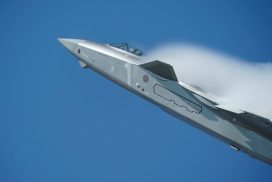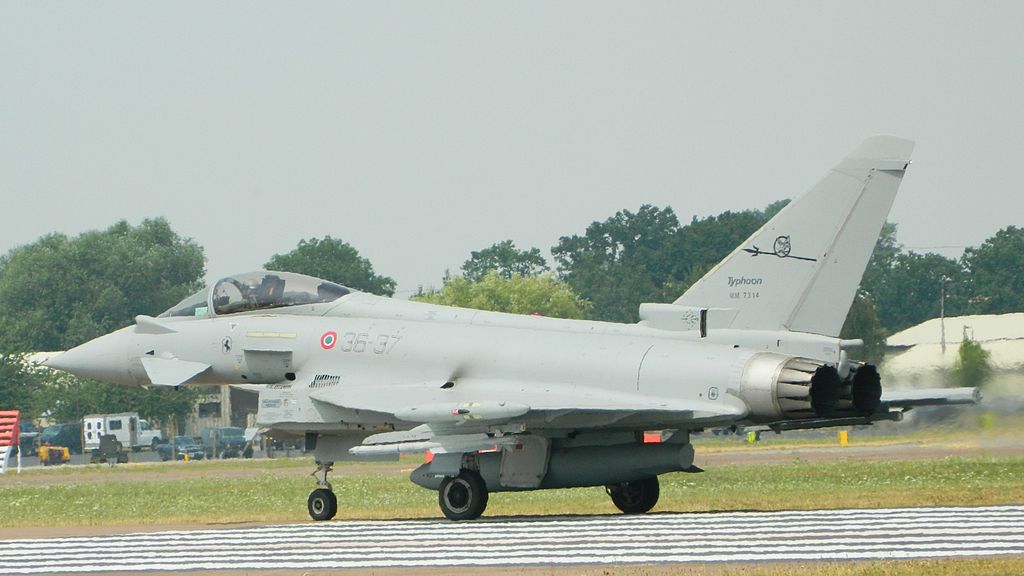a onblur=”try {parent.deselectBloggerImageGracefully();} catch(e) {}” href=”http://bp1.blogger.com/_RRbP6fpJWAc/SDfqnj6O1aI/AAAAAAAAAjA/kBVFUJHzpH4/s1600-h/f-16in.jpg”img style=”margin: 0pt 0pt 10px 10px; float: right; cursor: pointer;” src=”http://bp1.blogger.com/_RRbP6fpJWAc/SDfqnj6O1aI/AAAAAAAAAjA/kBVFUJHzpH4/s320/f-16in.jpg” alt=”” id=”BLOGGER_PHOTO_ID_5203885859825178018″ border=”0″ //aF-16IN is the proposed Indian version of the F-16, if selected by India for their procurement of 126 MRCA jets. The aircraft’s latest advanced features including an AESA radar, which gives the plane the capability to simultaneously track and destroy ground and air threats. “The F-16IN is the most advanced F-16 ever,” said Chuck Artymovich, the company’s director, business development. Lockheed Martin is also inclined to set up an assembly line in India in collaboration with Indian partners. As the deadline for India’s biggest defence deal ever nears, Lockheed Martin unveiled a new upgraded version of its F-16 with “super cruise” capability and AESA radar.The “super cruise” would give the fighter an extended range, and allows it to break trough the sound barrier without the use of fuel guzzling after-burners. This supercruise capability is however a a reporting error that took on a life of its own in the Indian news media. As the deadline for India’s acquisition of 126 multi-role fighter aircrafts nears, Lockheed Martin has equipped the export version of the fighters, for the first time with Active Electronic Scanned Array (AESA) radars, as reportedly specified in the Indian Air Force’s US$10 billion tender. The AESA radars give the F-16 capability to simultaneously track and destroy ground and air threats. The AESA radar had been cleared before by the US government for installation in 80 F-16s ordered by the United Arab Emirates. India is now confident that a similar green signal would be given in their case. The deal, awaiting clearance from the Cabinet Committee on Security, would be the first direct military sale by a US company to India. Speaking while unveiling the F-16IN, Lockheed Martin executive Chuck Artymovich said that the proposed fighter planes would also be armed with infra-red search and track pods as well as, counter-electronic warfare pods. “The F-16IN is a complete new aircraft and totally caters to India’s requirements and there could be no comparison with block 50 and 60 fighters, being made for other countries,” he said. Besides the F-16, other major contenders for the contract include Boeing’s F-18 Hornet, the Russian MiG-35, the French Dassault Rafale, the Eurofighter Typhoon offered by a consortium of European aerospace manufacturers and the Swedish Saab Gripen. At the ceremony, Lockheed Martin executives said they had met all requirements proposed in the Indian Request For Proposals (RfP) without giving out any details of the contents, citing confidentiality. They said that the company was prepared to meet the RFP requirements of offsets, and would do so in the field of aeronautics or for co-development of an Indian Unmanned Aerial Vehicle (UAV).
Menu
Copyright © 2007- 2025 • Defence Aviation • All Rights Reserved. Reproduction without explicit permission is prohibited.



